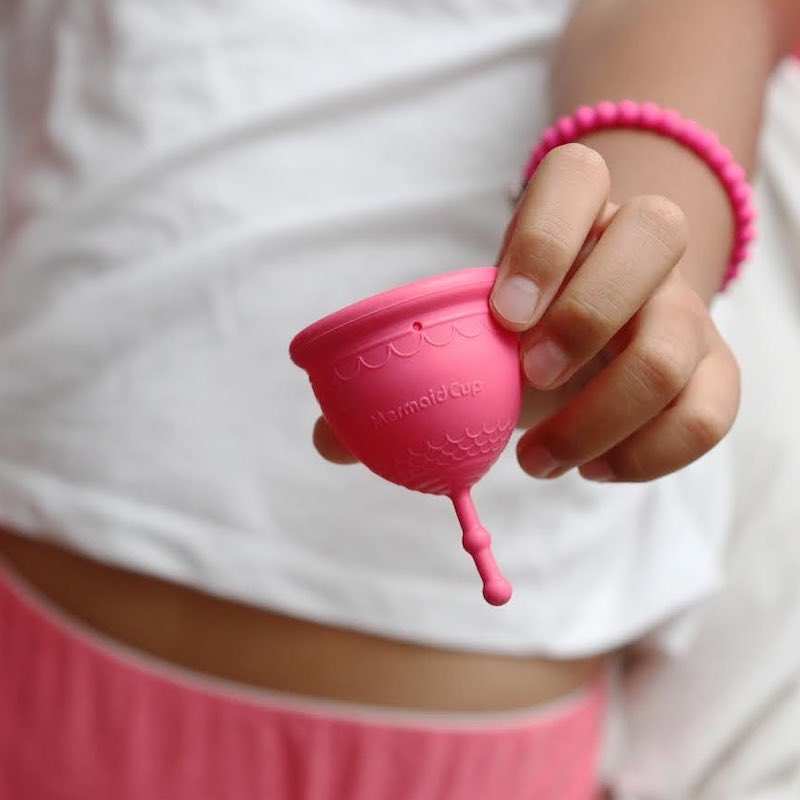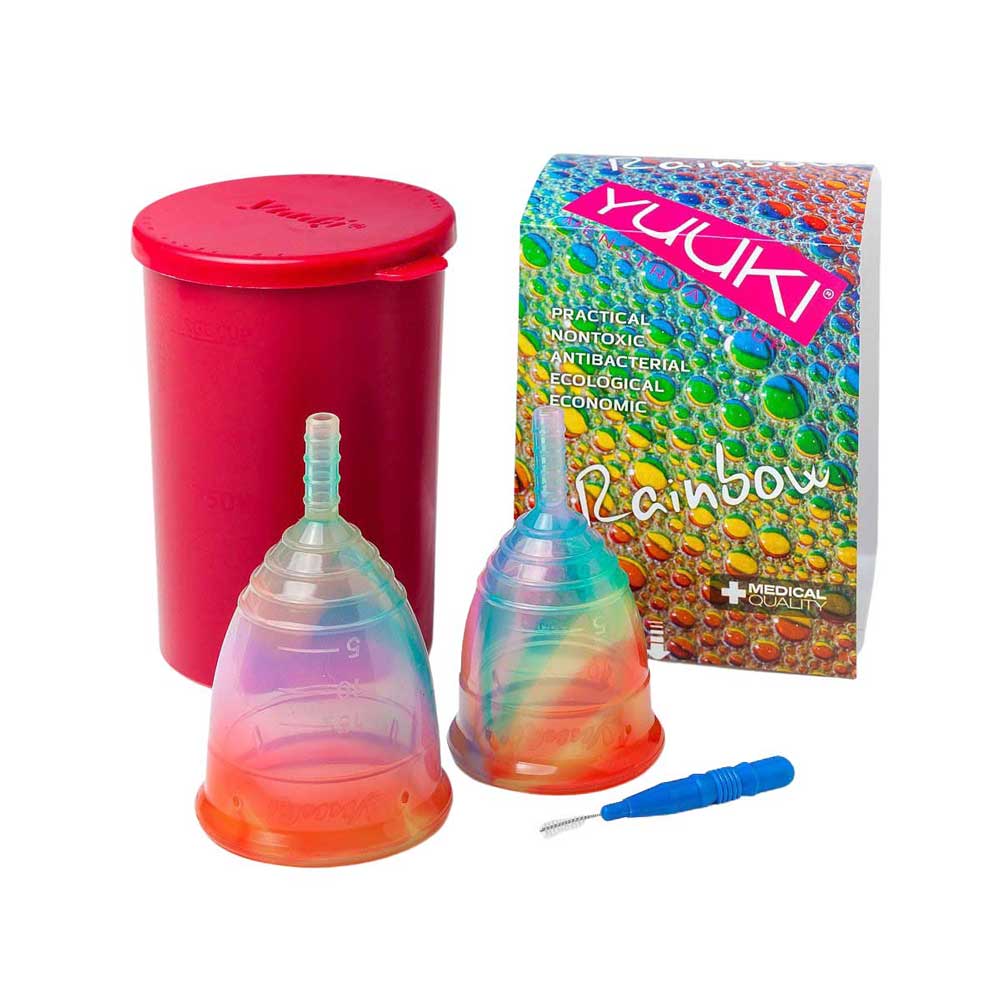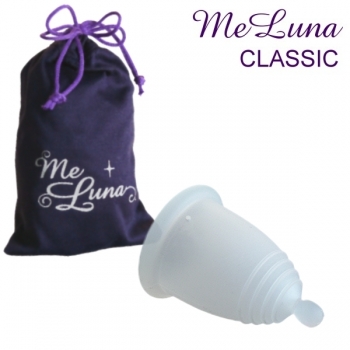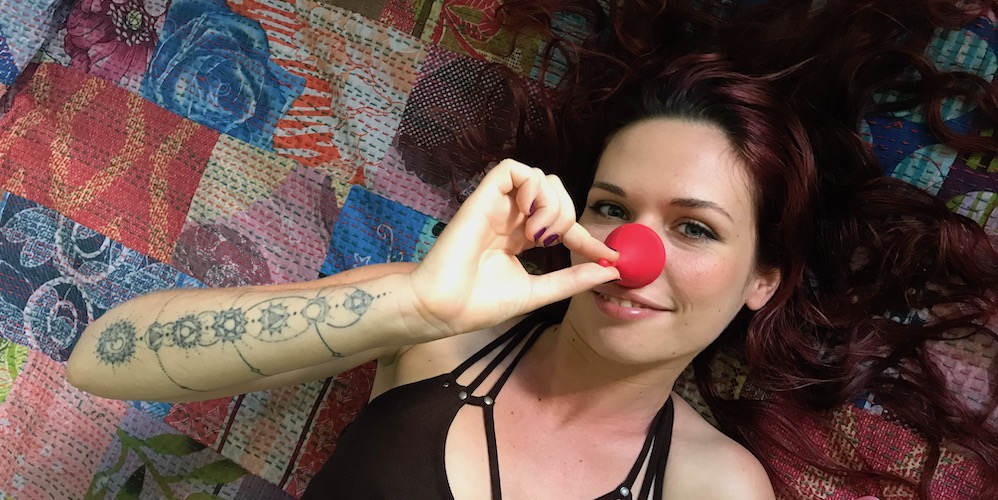Menstrual blood is not what you think it is and it’s certainly not “dirty”. It is mainly composed of blood, old parts of uterine tissue, cells from the mucus lining of the vagina and bacteria making up the vaginal flora.
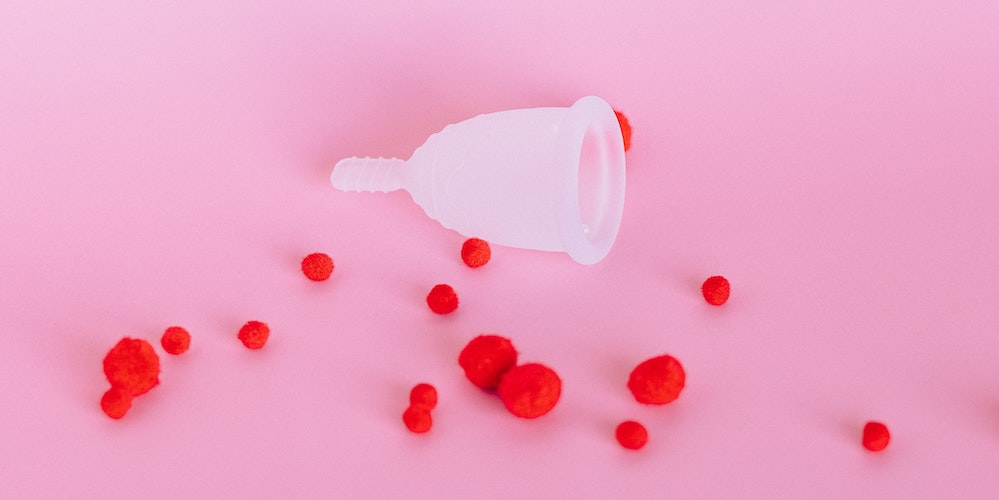
Yes, you’re obviously aware that every month you loose blood… but do you know that women are on average menstruated for 42 years. With 13 periods per year, that makes up 520 periods… Maybe it’d be a good idea to learn more about what we are shedding every month.
As a woman, our menstrual cycle prepares us every month for a potential pregnancy. Thanks to our hormones, the uterus thickens and becomes vascularised (increased blood flow) in preparation for receiving a fertilised egg. If no fertilisation takes place, the uterus goes back to its initial state and releases the blood from its tissues, i.e. you have your period which lasts for 3 to 7 days.
Menstrual blood is different from normal blood
Menstrual blood is blood mixed with secretions from the vagina and cervix, old cellular tissue, red blood cells and mucin. The composition of this mixture varies according to the various phases of menstruation which starts with an opaque liquid stage, followed by a thicker stage and then a clear liquid.
It varies from one woman to another, from one cycle to another and depends on the woman’s age. The thickness of the uterus will also have an effect on the content of menstrual blood.
- Composition: Menstrual blood is a mixture of blood, endometrial tissue, cervical mucus, and vaginal secretions. It contains a higher proportion of tissue and mucus compared to normal blood, which consists primarily of blood cells, plasma, and various proteins.
- Flow and consistency: Menstrual blood is often thicker and darker in color compared to fresh blood. It may also have a distinct odor. The flow of menstrual blood can vary throughout the menstrual cycle, typically starting with a heavier flow and becoming lighter towards the end.
- Clotting: Menstrual blood may contain small blood clots, which are a normal part of the shedding of the endometrial lining.
- Volume and duration: Menstrual blood is typically expelled over a period of several days during the menstrual cycle. The volume of menstrual blood can vary from person to person, but the average amount is around 30 to 80 milliliters (about 2 to 5 tablespoons) per menstrual cycle.
Interesting facts about menstrual blood
- Vaginal secretions are present in menstrual blood are mostly made up of water and electrolytes such as Sodium or Potassium.
- The concentration of proteins are not the same, cholesterol and bilirubin are also lower than in ordinary blood.
- There is more water, less iron and less hemoglobin. The pH level of menstrual blood is similar to that of ordinary blood (7,2). Menstrual blood is generally thicker than water and ordinary blood. The thickness of menstrual blood is also dependent on the quantity of cervical secretions.
- The three elements necessary for coagulation are not present in menstrual blood (prothrombin, thrombin and fibrinogen). Menstrual blood contains many elements which keep the blood thin.
- The number of blood platelets is also less than in ordinary blood. The thickness of menstrual blood varies from day to day, from one woman to another and according to the composition of the blood and the presence of mucin.
It’s important to remember that menstrual blood is a natural and normal part of the menstrual cycle. If you have concerns about the characteristics of your menstrual blood or experience any unusual symptoms, it’s recommended to consult with a healthcare professional for evaluation and guidance.
Find out how the color of your blood can actually give you valuable indication about your health.


